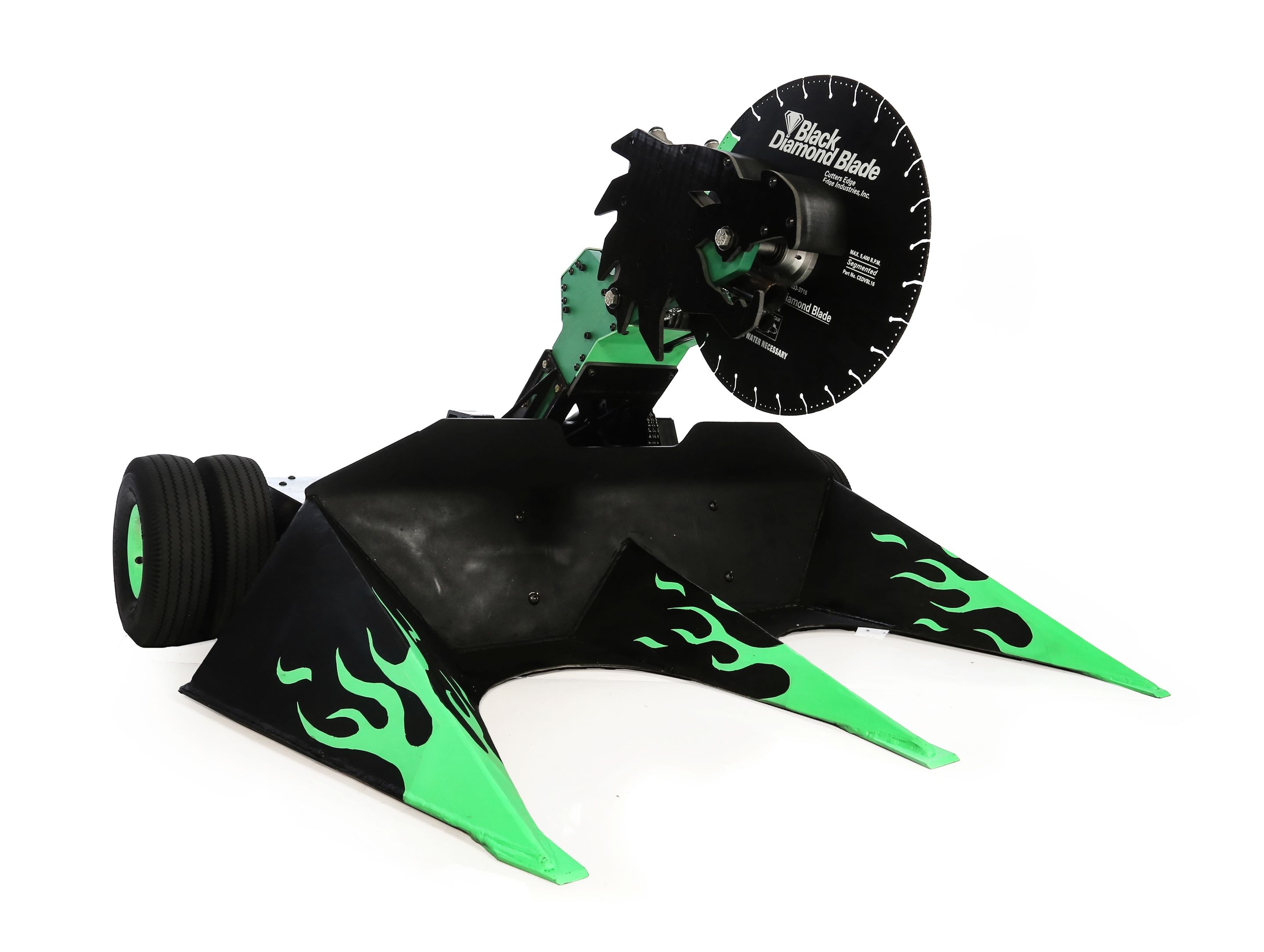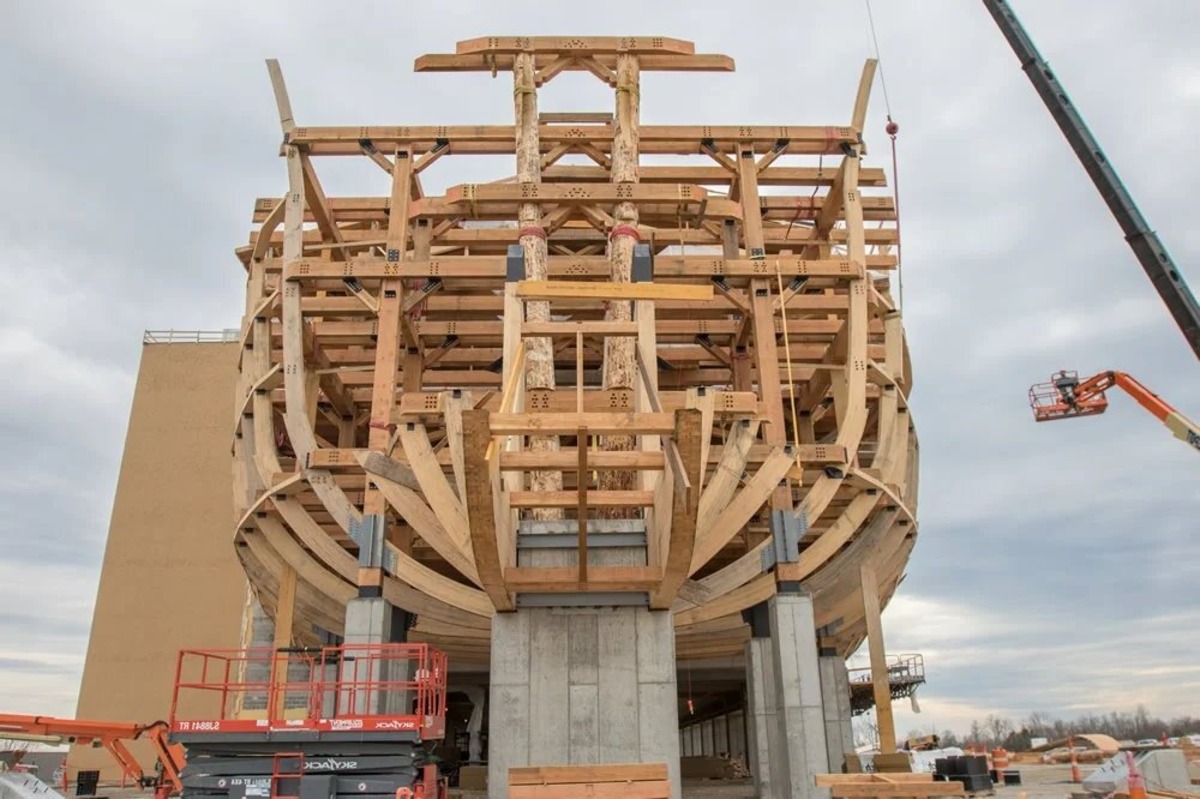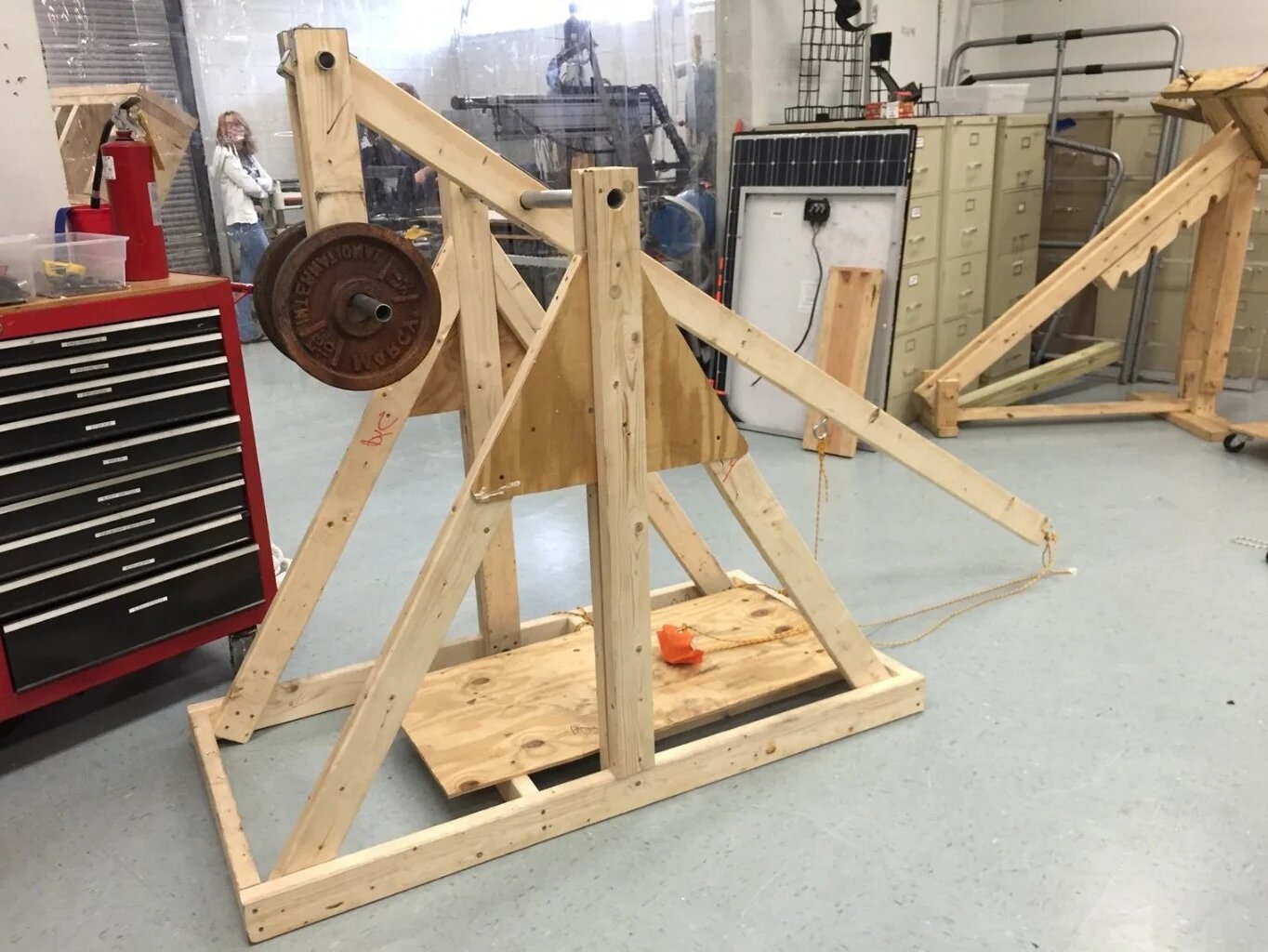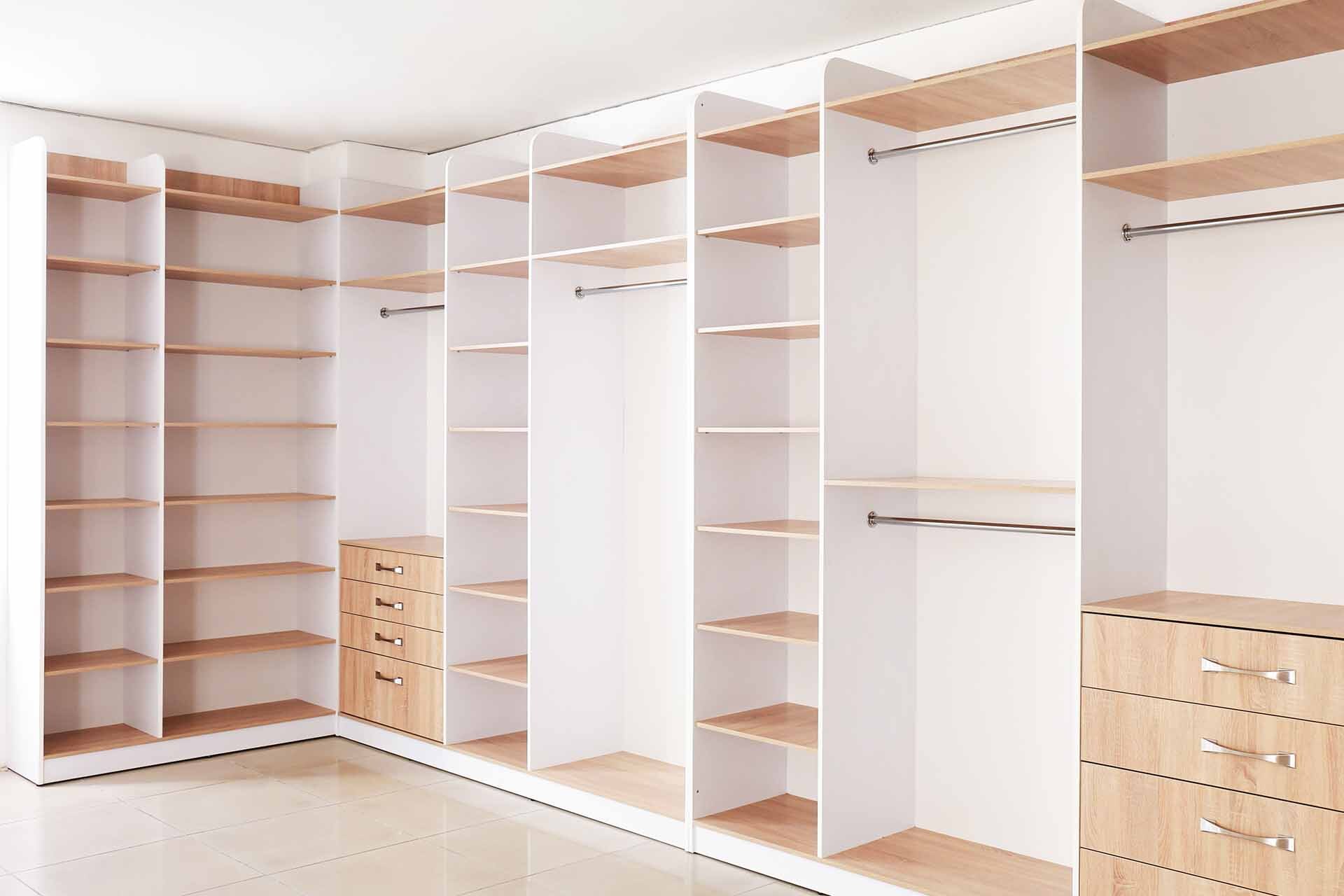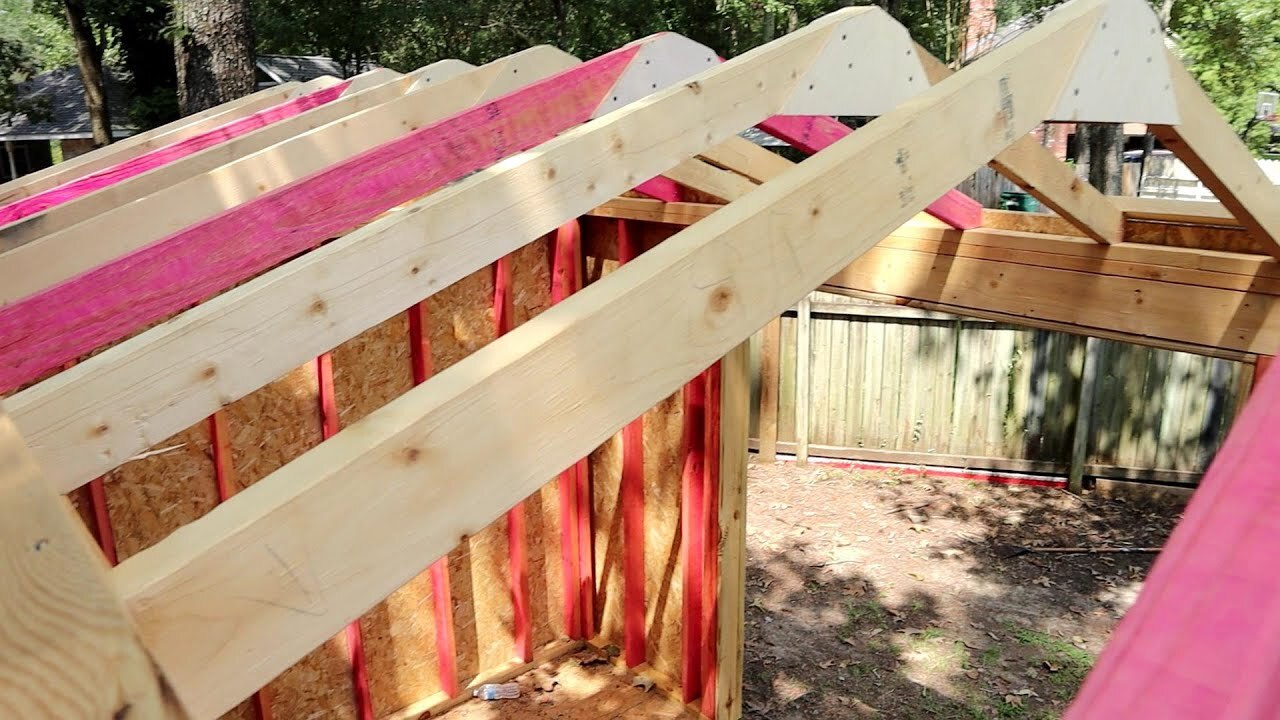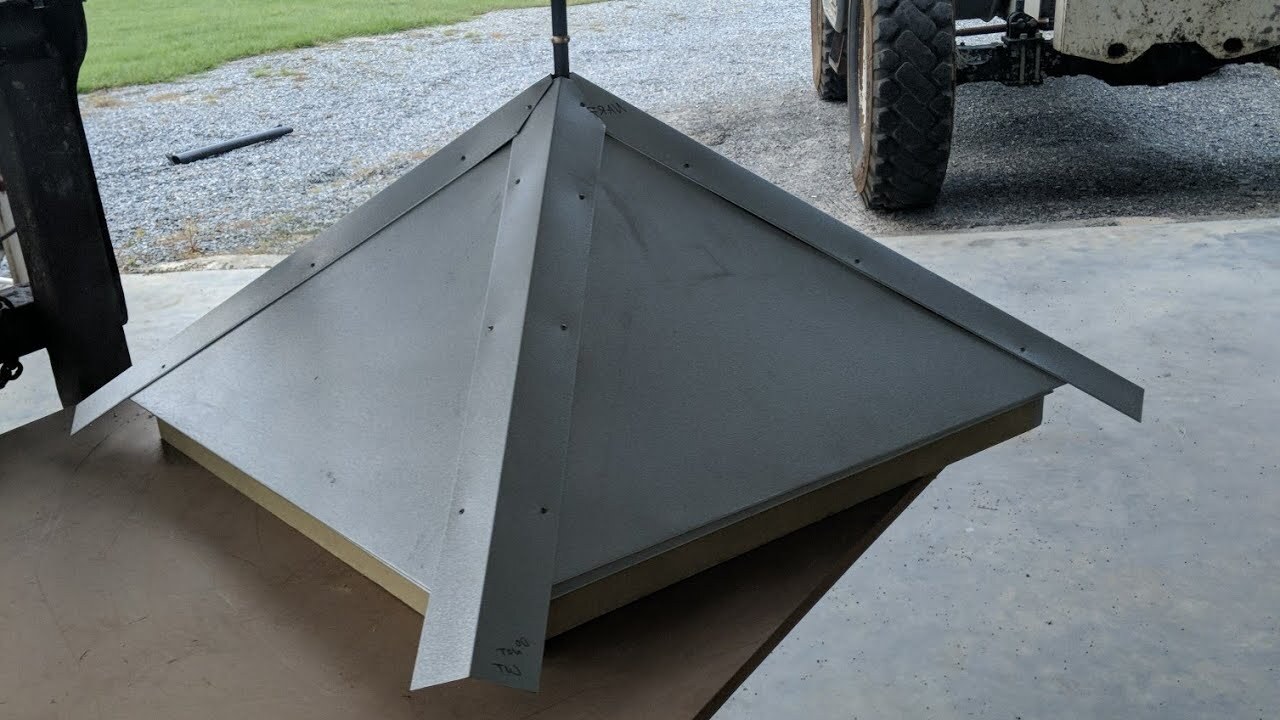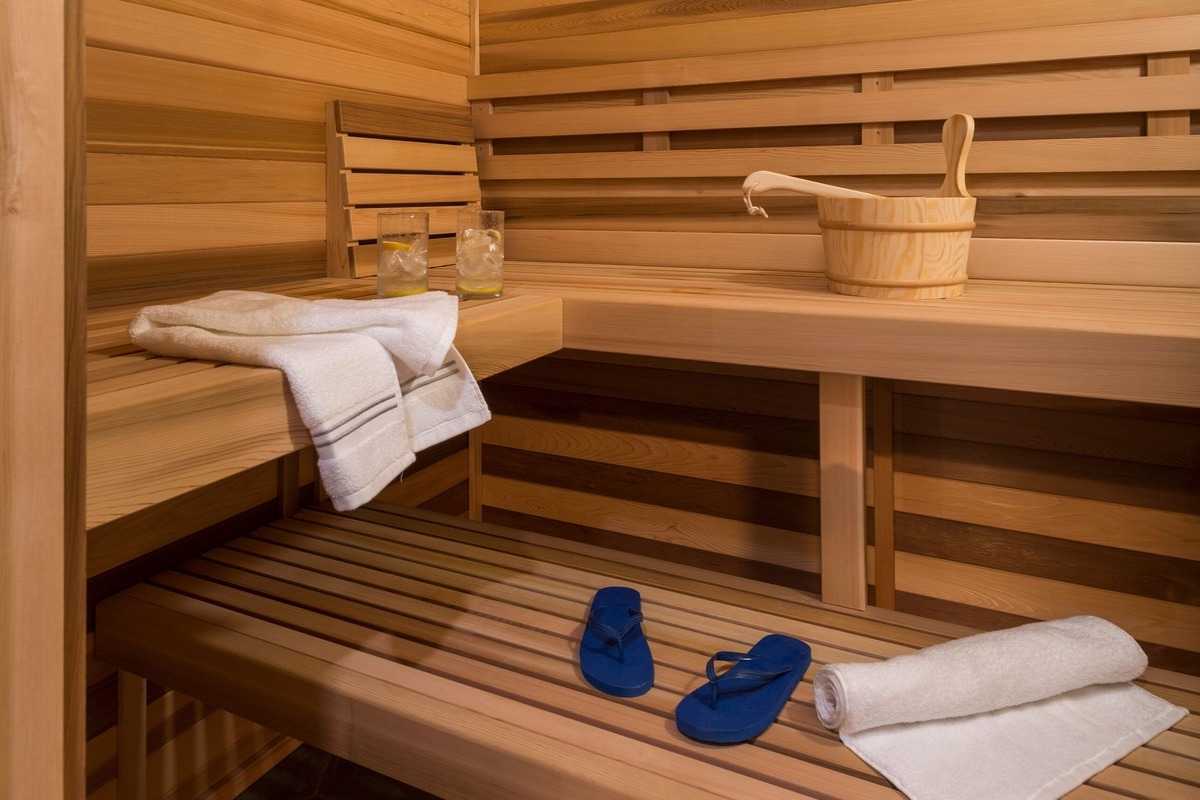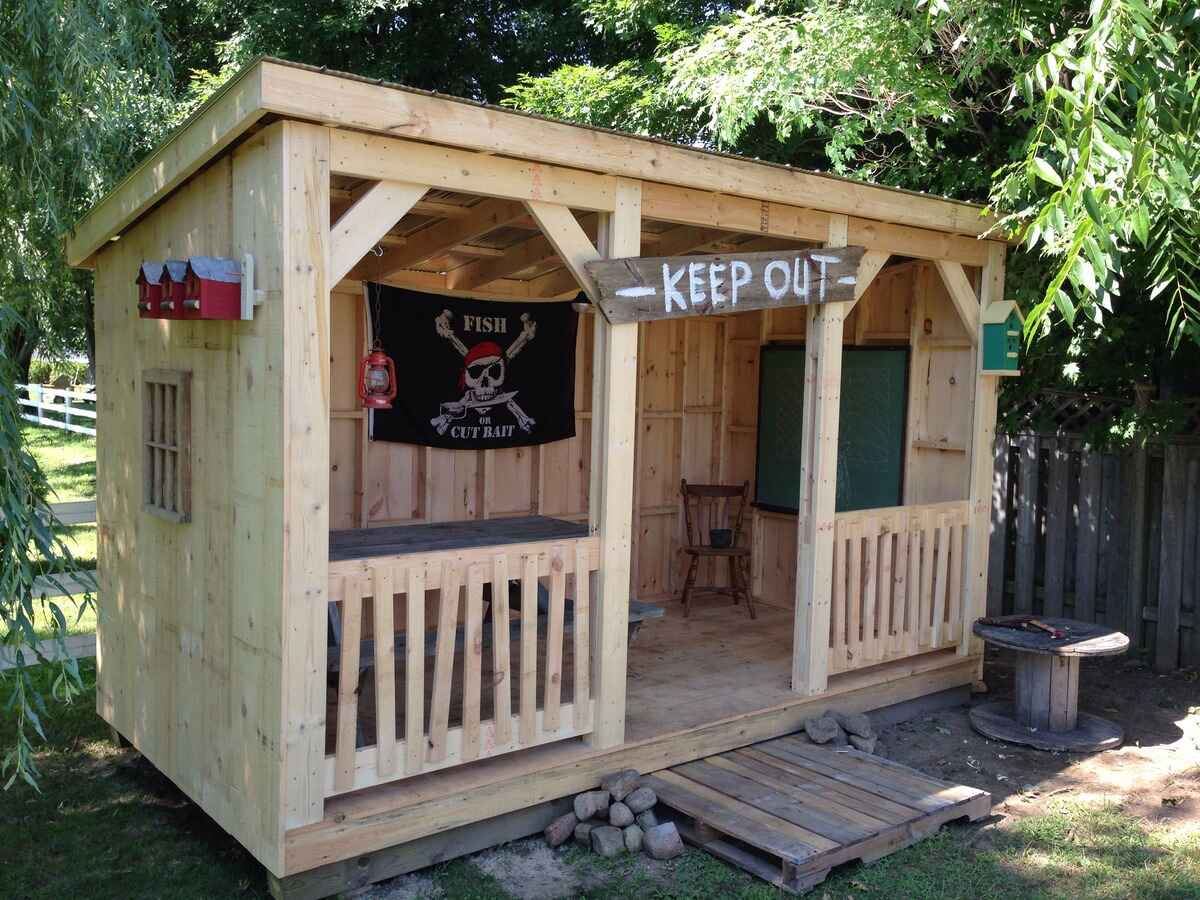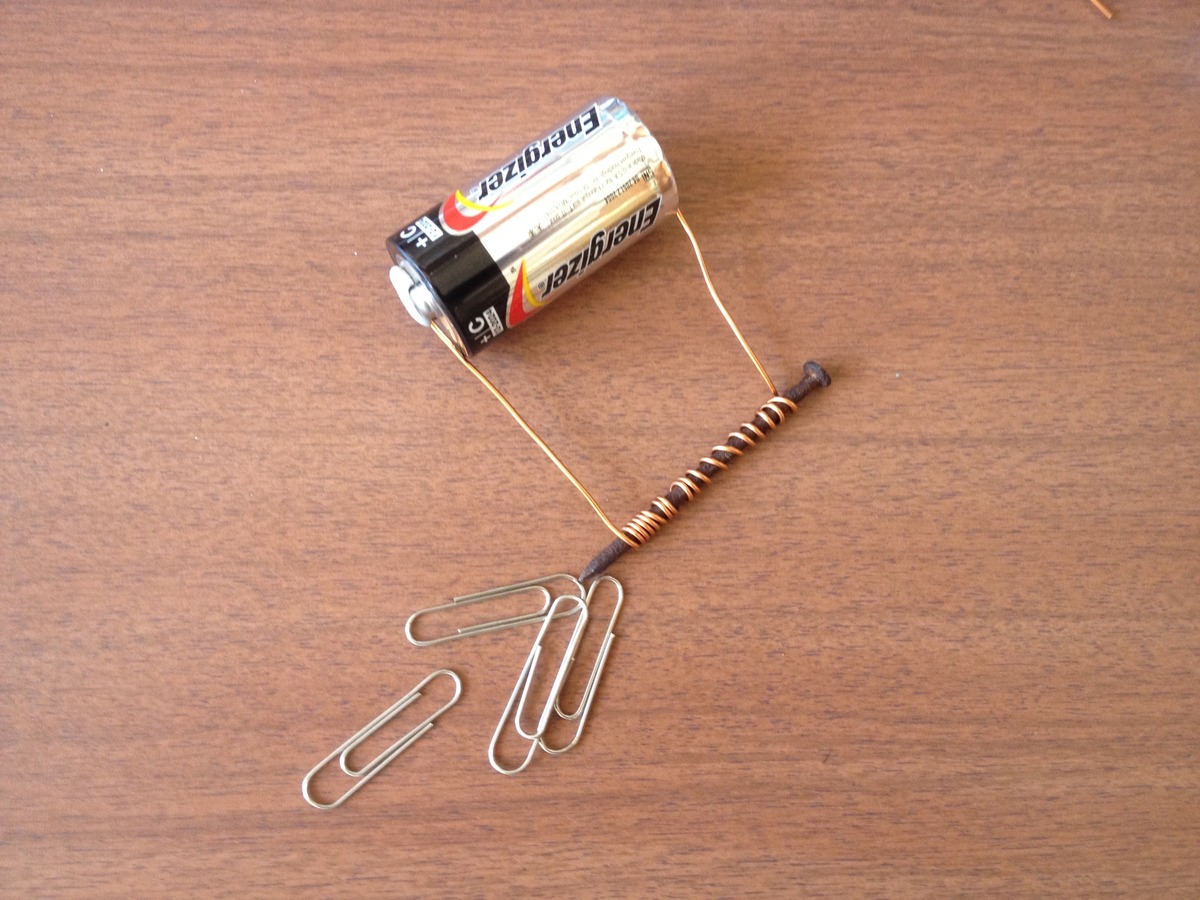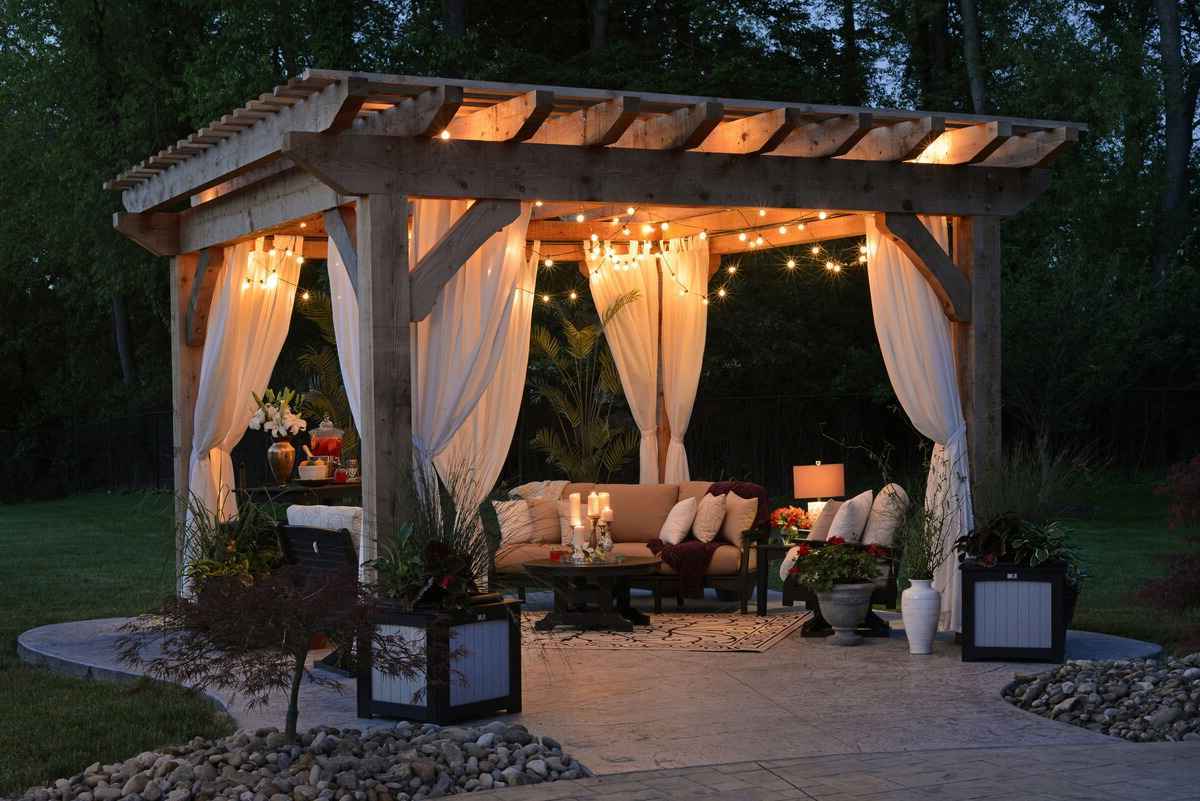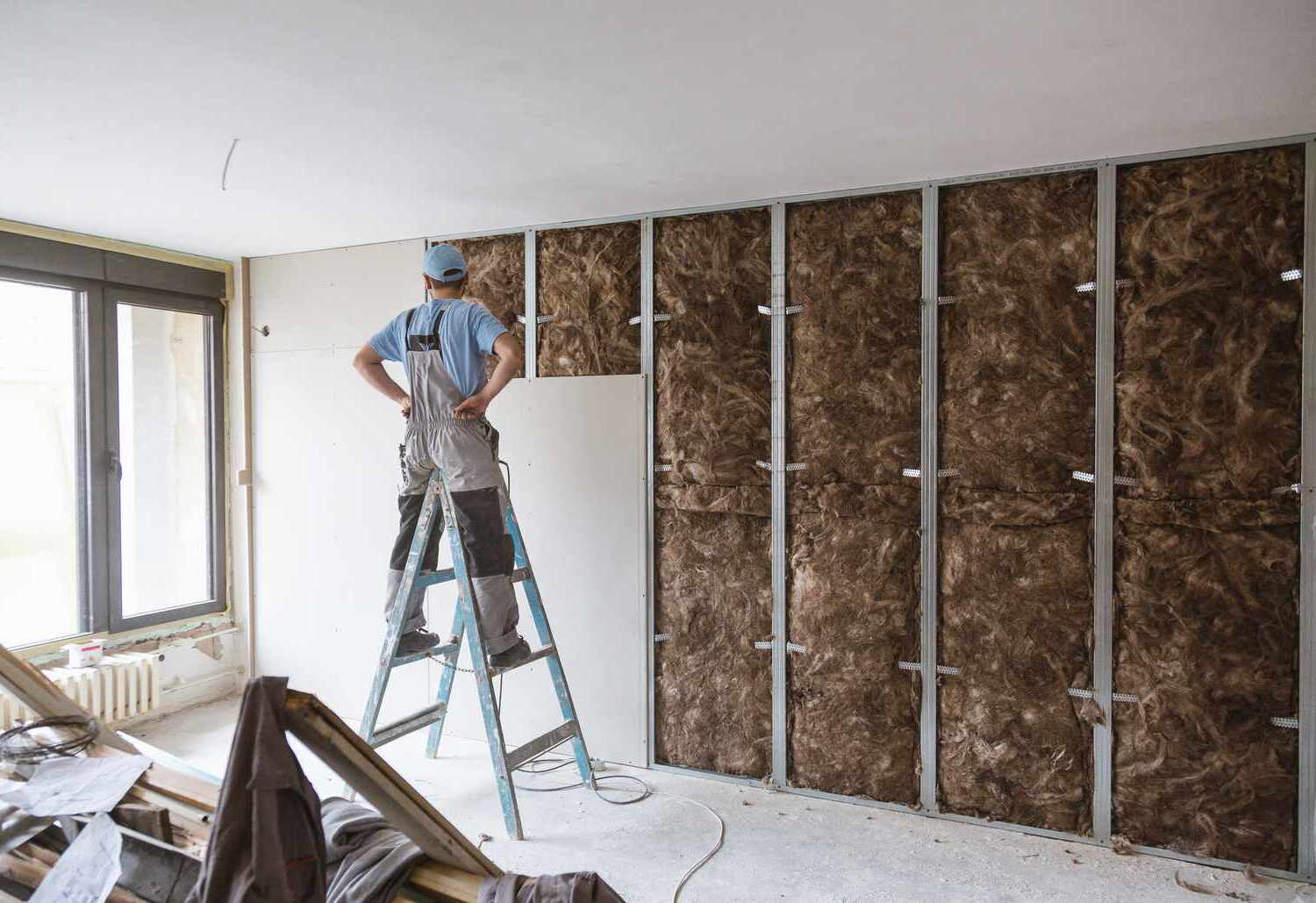Home>Create & Decorate>DIY & Crafts>How To Build A Humidor
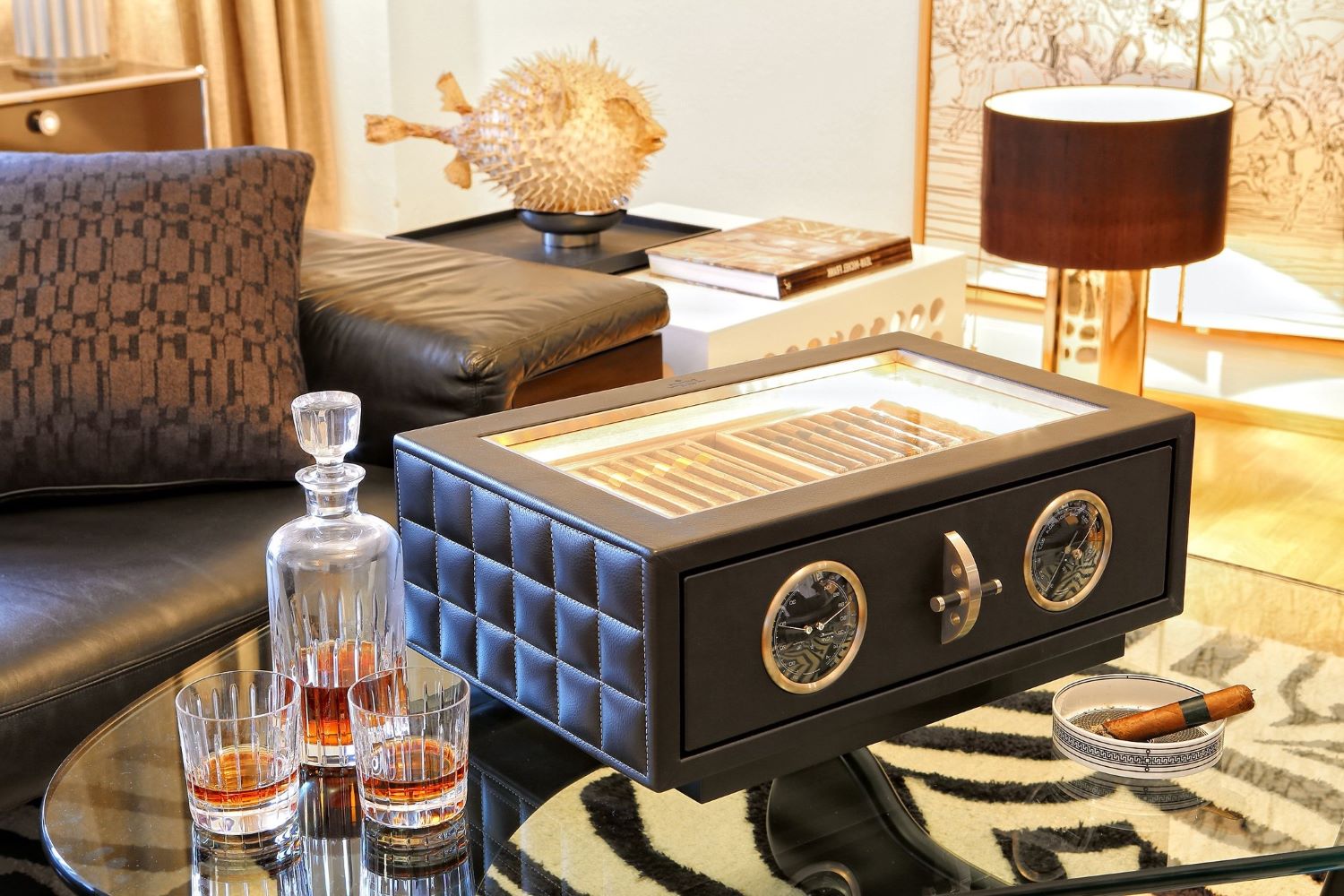

DIY & Crafts
How To Build A Humidor
Published: May 22, 2024

Content Creator specializing in woodworking and interior transformations. Caegan's guides motivate readers to undertake their own projects, while his custom furniture adds a personal touch.
Learn how to build a humidor with our step-by-step DIY guide. Explore creative crafts and woodworking projects for beginners. Start your next DIY project today!
(Many of the links in this article redirect to a specific reviewed product. Your purchase of these products through affiliate links helps to generate commission for Twigandthistle.com, at no extra cost. Learn more)
Introduction
So, you've decided to take your cigar collection to the next level by building your very own humidor. Congratulations! Building a humidor can be a rewarding and enjoyable project for any cigar enthusiast. Not only will you have a beautiful and functional piece to store your cigars, but you'll also have the satisfaction of knowing that you built it yourself. In this guide, we'll walk you through the step-by-step process of building your own humidor, from choosing the right wood to testing and maintaining the finished product. Let's dive in and get started on this exciting DIY project!
Read more: How To Build A Trailer
Choosing the Right Wood
When it comes to building a humidor, selecting the right wood is crucial for both the aesthetic appeal and functionality of the final product. The ideal wood for a humidor is one that can maintain a stable level of humidity and resist warping or cracking over time. Spanish cedar is a popular choice among cigar enthusiasts due to its natural resistance to insects and its ability to enhance the flavor of the cigars stored within. Other suitable wood options include mahogany, cherry, and walnut. Whichever wood you choose, ensure that it is kiln-dried to prevent moisture-related issues in the future. Additionally, consider the grain pattern and color of the wood to complement the overall design of your humidor.
- Spanish cedar
- Mahogany
- Cherry
- Walnut
Now that you have a good understanding of the wood options available, it's time to move on to the next step in building your humidor.
Designing the Interior
Designing the interior of your humidor is a critical step in ensuring that your cigars are stored in the optimal conditions. The interior should be lined with Spanish cedar, as it is known for its ability to absorb and release moisture, helping to maintain the ideal humidity level for your cigars. When designing the interior, consider the layout of the cigar storage area. You may want to incorporate dividers or trays to organize different types of cigars or create separate sections for aging and ready-to-smoke cigars. Additionally, pay attention to the seal between the lid and the body of the humidor to prevent any moisture from escaping. A well-designed interior will not only enhance the functionality of your humidor but also showcase your attention to detail and craftsmanship.
- Use Spanish cedar for optimal moisture control
- Consider the layout for efficient cigar organization
- Ensure a tight seal to maintain humidity
With the interior design planned out, let's move on to the next crucial step in building your humidor.
Installing the Humidification System
Installing the humidification system is a pivotal aspect of building a functional humidor. The humidification system is responsible for maintaining the ideal humidity level within the humidor to preserve the quality of your cigars. One popular option for humidification is the use of a humidifier that releases moisture into the air. There are various types of humidifiers available, including passive humidifiers and electronic humidifiers. Passive humidifiers, such as humidification beads or Boveda packs, are low-maintenance and require periodic replacement. On the other hand, electronic humidifiers offer precise control over humidity levels and often include built-in hygrometers to monitor the conditions inside the humidor.
When installing the humidification system, consider the size of your humidor and the number of cigars it will hold. Ensure that the humidifier chosen has the capacity to adequately humidify the entire interior space. Proper placement of the humidifier is essential for uniform humidity distribution. It is recommended to position the humidifier away from direct contact with the cigars to prevent moisture from directly affecting them. Additionally, regularly monitor and maintain the humidification system to guarantee consistent humidity levels and the well-being of your cigar collection.
- Choose between passive and electronic humidifiers
- Select a humidifier based on the humidor size and cigar capacity
- Position the humidifier for uniform humidity distribution
- Regularly monitor and maintain the humidification system
With the humidification system in place, let's move on to the final steps in completing your custom-built humidor.
Adding the Finishing Touches
Once the interior and functional components of your humidor are in place, it's time to add the finishing touches that will elevate its appearance and make it truly unique. Consider incorporating decorative elements such as brass or silver hardware, including hinges, handles, and a hygrometer. These accents not only contribute to the overall aesthetic appeal of the humidor but also serve practical purposes. Quality hardware ensures smooth operation of the lid and provides a secure closure to maintain the desired humidity levels.
In addition to hardware, you may choose to personalize your humidor with custom engravings or inlays. Whether it's your initials, a meaningful symbol, or a decorative pattern, these embellishments add a personal touch and make your humidor one-of-a-kind. If you opt for inlays, select wood or materials that complement the chosen wood for the humidor, creating a harmonious and visually striking design.
Furthermore, the exterior finish of the humidor plays a significant role in its overall presentation. Consider applying a high-quality varnish or lacquer to the wood to enhance its natural beauty and provide protection against wear and tear. A smooth and lustrous finish not only adds sophistication to the humidor but also safeguards it from environmental factors, ensuring its longevity.
Lastly, don't overlook the importance of proper ventilation. Incorporate ventilation channels or perforations to allow for adequate airflow within the humidor while maintaining the desired humidity levels. Well-planned ventilation promotes air circulation, preventing stagnant conditions that could potentially affect the quality of your cigars.
By paying attention to these finishing touches, you'll create a humidor that not only functions flawlessly but also stands out as a work of art, reflecting your craftsmanship and attention to detail. With the finishing touches complete, your custom-built humidor is ready to showcase and preserve your prized cigar collection.
Read more: How To Build A Pantry
Testing and Maintaining Your Humidor
After completing the construction of your custom-built humidor, it's essential to conduct thorough testing to ensure its functionality and then establish a regular maintenance routine to preserve the optimal conditions for your cigars.
Conducting the Initial Test
Before introducing your precious cigars into the humidor, it's crucial to conduct an initial test to verify its ability to maintain the desired humidity level. Place a reliable hygrometer inside the humidor and allow it to stabilize for at least 24 hours. Monitor the hygrometer readings to ensure that the humidity level remains within the recommended range, typically between 65% and 72%. Adjust the humidification system as needed to achieve and maintain the desired humidity.
Calibrating the Hygrometer
To ensure accurate humidity readings, it's advisable to calibrate the hygrometer periodically. This process involves comparing the hygrometer's readings with those of a calibrated hygrometer or a salt test. If discrepancies are found, make the necessary adjustments to the hygrometer to maintain precision in monitoring the humidity levels within the humidor.
Regular Maintenance
Maintaining the optimal conditions within your humidor is essential for preserving the quality of your cigars. Regularly inspect the interior for any signs of mold, mildew, or moisture accumulation. Wipe down the interior surfaces with a mild solution of distilled water and vinegar to prevent mold growth and maintain a clean environment for your cigars.
Read more: How To Build A Hearth
Rotating and Inspecting Cigars
To ensure even aging and prevent any potential issues, periodically rotate and inspect your cigars. This practice helps to distribute the aging process evenly and allows you to identify any cigars that may require attention, such as those showing signs of damage or improper aging.
Refilling and Replacing Humidification Devices
Monitor the humidification devices regularly and refill or replace them as needed to maintain consistent humidity levels. For passive humidifiers, such as humidification beads or Boveda packs, follow the manufacturer's recommendations for replacement intervals. Electronic humidifiers may require refilling with distilled water or a specific solution, as indicated by the manufacturer.
Seasonal Adjustments
Be mindful of seasonal changes in humidity and temperature, as these factors can impact the performance of your humidor. Make adjustments to the humidification system as necessary to accommodate fluctuations in environmental conditions, ensuring that your cigars are always stored in the optimal environment.
By conducting regular testing and maintenance, you'll not only preserve the quality of your cigars but also prolong the life of your custom-built humidor, allowing you to enjoy your prized cigar collection for years to come.

